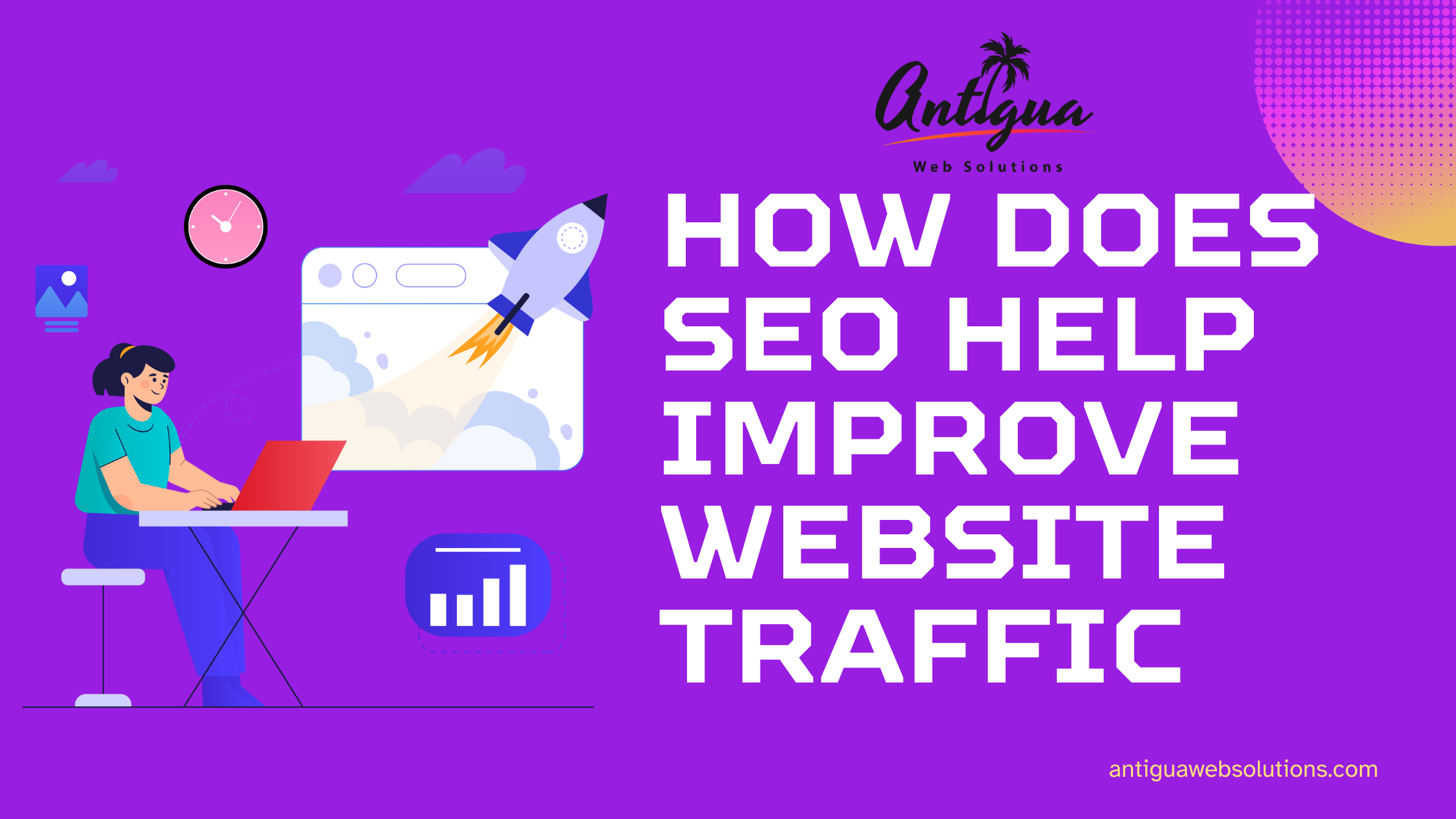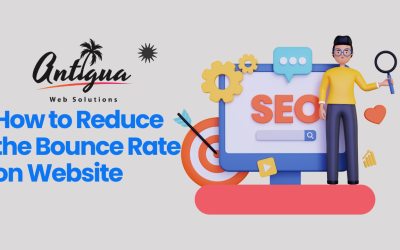In the fast-paced digital landscape of 2025, Search Engine Optimization (SEO) remains one of the most effective strategies to drive organic traffic to your website. By understanding the mechanics of SEO and consistently implementing best practices, businesses can achieve higher rankings, attract their target audience, and build a sustainable online presence.
This guide explores how SEO helps improve website traffic, offering actionable insights and strategies aligned with the latest Google updates.
What Is SEO Traffic?
SEO traffic refers to the visitors who land on your website through unpaid search engine results. It is the result of optimizing your site to rank higher on Search Engine Results Pages (SERPs) for specific keywords and phrases.
Unlike paid traffic, SEO traffic is cost-effective and long-term. By optimizing your website for relevant keywords, improving user experience, and producing quality content, you can consistently attract and retain visitors from search engines like Google, Bing, and Yahoo.
How Does SEO Generate Traffic?
SEO generates traffic by improving your website’s visibility, relevance, and authority in the eyes of search engines. Here’s how it works:
- Keyword Targeting: Identifying and incorporating the right keywords ensures your website appears for relevant user searches.
- Content Optimization: High-quality, keyword-optimized content satisfies user intent and engages visitors.
- Technical SEO: Enhancing site speed, mobile-friendliness, and crawlability ensures search engines index your site effectively.
- Backlinks: Earning links from reputable sites signals authority and improves your domain’s credibility.
When these components work together, your site climbs the search rankings, leading to increased traffic and engagement.
What Are the Benefits of SEO Traffic?
Implementing SEO offers numerous benefits, including:
- Sustainable Growth: Unlike paid campaigns, the effects of SEO are long-lasting and grow over time.
- Cost-Effectiveness: Organic traffic is free, reducing your overall marketing expenses.
- Improved Credibility: Ranking high on SERPs establishes your business as an authority in your niche.
- Better User Experience: SEO optimization ensures a faster, smoother browsing experience, enhancing user satisfaction.
- Higher Conversion Rates: SEO attracts a targeted audience, increasing the likelihood of conversions and sales.
6 Ways to Increase SEO Traffic
1. Target the Right Keywords
Effective SEO begins with keyword research. Use tools like Google Keyword Planner, SEMrush, or Ahrefs to identify long-tail keywords with low competition and high search intent. Ensure your content naturally incorporates these keywords.
2. Nail the Search Intent
Understand what your audience is searching for and tailor your content accordingly. Whether users are seeking information, making a purchase, or exploring options, your content should directly address their needs.
3. Produce High-Quality Content
Content is still king in 2025. Focus on creating valuable, unique, and engaging content that resonates with your audience. Use LSI keywords (Latent Semantic Indexing) to enrich your content and provide comprehensive answers to user queries.
4. Earn Quality Backlinks
Backlinks remain a cornerstone of SEO. Build relationships with reputable websites, publish guest posts, and create shareable assets like infographics or in-depth guides to earn authoritative backlinks.
5. Leverage On-Page SEO
On-page SEO involves optimizing individual pages to rank higher. Key aspects include:
- Title Tags: Include primary keywords and keep titles engaging.
- Meta Descriptions: Write concise, compelling summaries to improve Click-Through Rates (CTR).
- Header Tags: Use structured headings (H1, H2, H3) for better readability.
- Internal Links: Link to related content within your site to improve navigation and boost page authority.
6. Manage Your Technical SEO
Ensure your website is technically sound by:
- Fixing broken links and ensuring proper redirects.
- Optimizing images to reduce load times.
- Using structured data (schema markup) to enhance SERP features like rich snippets.
- Prioritizing mobile-friendliness, as mobile-first indexing is now standard.
How Long Does It Take to Generate SEO Traffic?
SEO is a long-term investment. On average, it takes 3 to 6 months to see noticeable improvements, depending on factors like keyword competitiveness, website authority, and content quality.
While patience is required, the benefits of sustained SEO efforts—such as consistent organic traffic—make it worth the wait.
Make Data-Driven Decisions to Increase Your SEO Traffic
To maximize your results, rely on analytics tools like:
- Google Analytics: Monitor traffic, bounce rates, and user behavior.
- Google Search Console: Track keyword performance and identify indexing issues.
- Ahrefs or SEMrush: Analyze backlinks, domain authority, and competitor strategies.
By regularly reviewing performance data, you can identify opportunities, address weaknesses, and refine your strategy.
Conclusion
In 2025, SEO is indispensable for improving website traffic and achieving sustainable growth. By targeting the right keywords, producing high-quality content, and leveraging both on-page and technical SEO, businesses can thrive in the competitive digital landscape.
Remember, SEO is an ongoing process. Regular updates, data analysis, and staying informed about search engine algorithm changes are essential for maintaining and improving your traffic over time.
With the right strategy and consistent effort, your website can attract a steady stream of organic visitors and establish a strong online presence.





